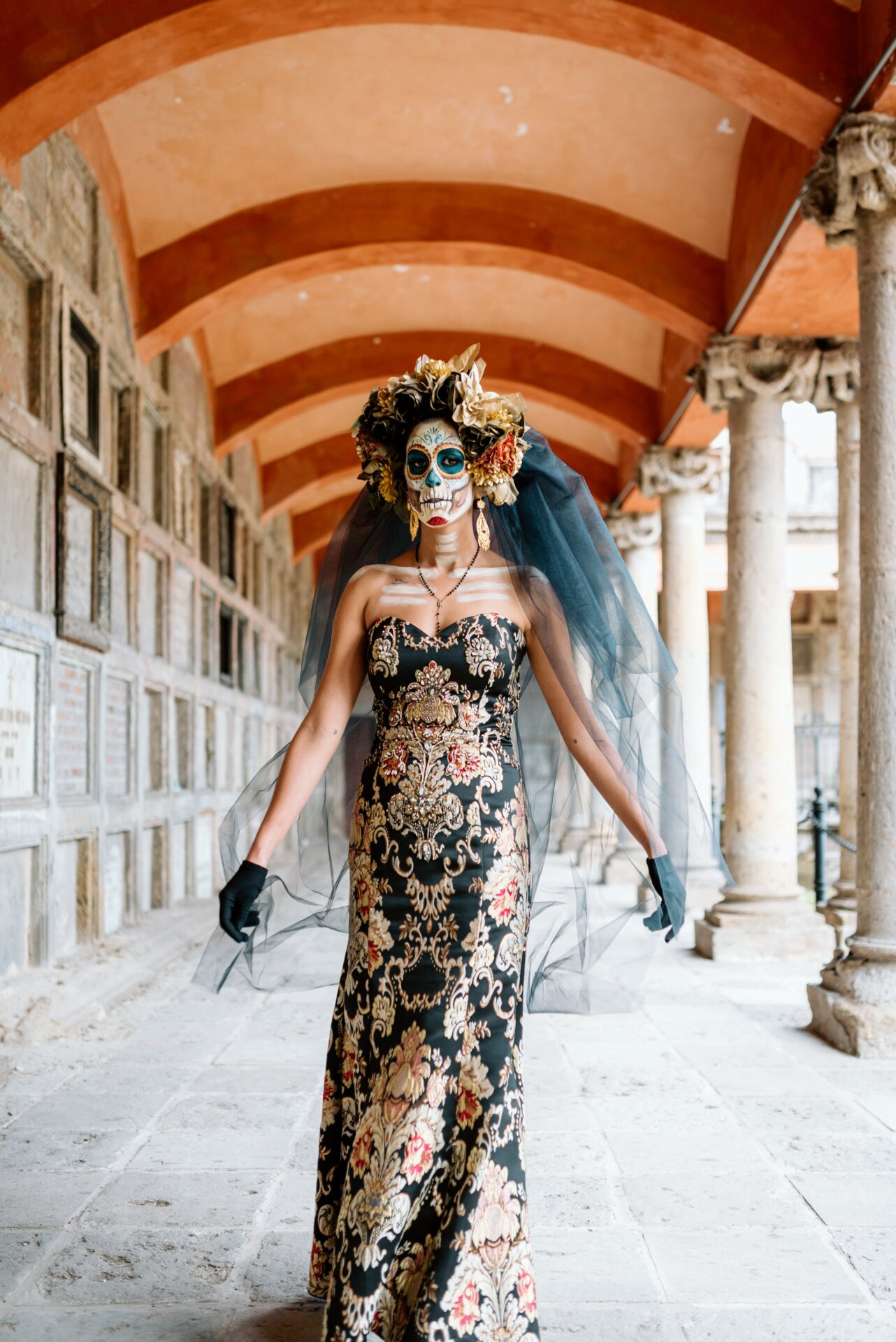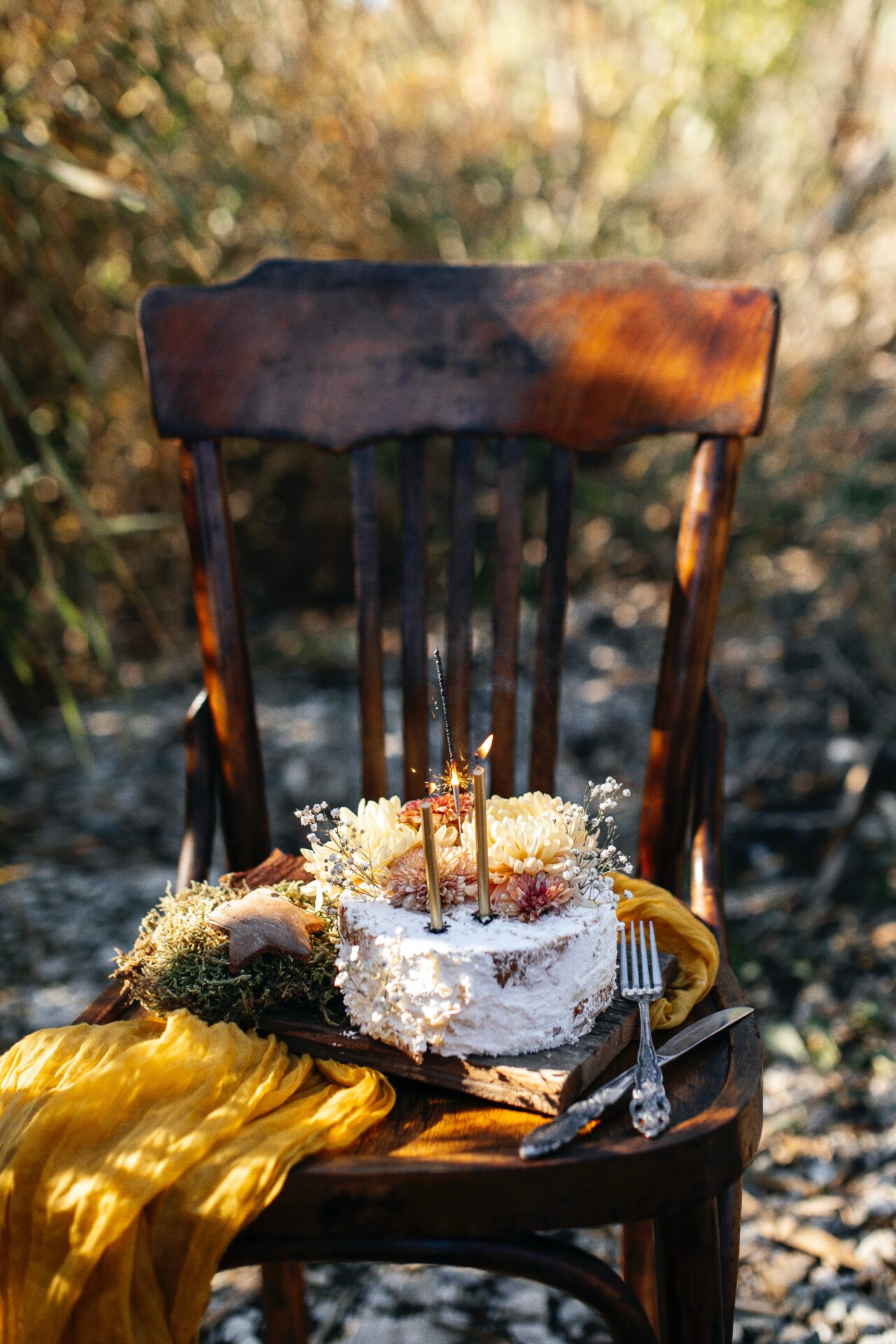Navaratri, a joyous and vibrant festival celebrated by Hindus worldwide, holds great significance in their religious calendar. Lasting for nine nights and ten days, this auspicious event is devoted to honoring the divine feminine energy. During Navaratri, Hindus engage in a plethora of enchanting rituals, including fasting, singing devotional songs, and performing traditional dances called Garba and Dandiya. The festival’s jubilant atmosphere, colorful attire, and elaborate decorations create a captivating spectacle that brings communities together in a spirit of unity and devotion.

Table of Contents
The Significance of Navaratri
Navaratri, meaning “nine nights,” is a vibrant and auspicious festival celebrated by Hindus worldwide. It holds great significance as it honors the divine feminine energy in its various forms. This festival spans over nine nights and ten days, during which Hindus observe various rituals, festivities, and traditions.
The Meaning of Navaratri
Navaratri is an amalgamation of two Sanskrit words – “nava” meaning nine and “ratri” meaning night. The festival marks the triumph of good over evil and celebrates the victory of the goddess Durga over the buffalo demon Mahishasura. It signifies the power of divine femininity and the importance of devotion and righteousness.
The Nine Nights of Navaratri
Navaratri is divided into three sets of three nights, with each set dedicated to a different manifestation of the goddess. The first three nights are devoted to Goddess Durga, the fierce and powerful form of the goddess who destroys evil forces. The next three nights are dedicated to Goddess Lakshmi, the embodiment of wealth and prosperity. Finally, the last three nights celebrate Goddess Saraswati, the goddess of knowledge, art, and learning.
The Different Forms of the Goddess Worshipped During Navaratri
Throughout Navaratri, Hindus worship various forms of the goddess, each representing a specific aspect of her divine energy. These forms include Durga, Lakshmi, Saraswati, Kali, Bhairavi, and many more. By offering prayers and performing rituals dedicated to these forms, Hindus seek blessings and divine grace in different areas of their lives.

Preparations for Navaratri
Celebrating Navaratri involves elaborate preparations to create an atmosphere of purity, vibrancy, and devotion. Hindus engage in various activities to prepare themselves and their surroundings for the festive occasion.
Cleaning and Decorating the House
One of the essential preparations for Navaratri is thoroughly cleaning the house. This process symbolizes the removal of negative energies and impurities from the surroundings, creating a fresh and welcoming ambiance. After cleaning, houses are adorned with colorful decorations, flowers, and lights to signify the festive spirit and invite the goddess’s presence.
Shopping for New Clothes
Another exciting aspect of Navaratri is shopping for new clothes. It is customary to purchase new outfits for oneself and family members to wear during the festival. The vibrant and traditional attire adds to the festive fervor and creates a sense of unity and celebration.
Preparing the Kalash
A significant ritual before Navaratri commences is the preparation of the Kalash, a decorated pot that symbolizes abundance and prosperity. This pot is filled with water and adorned with mango leaves and a coconut wrapped in a red cloth. The Kalash is placed at the central focal point of the home and worshipped during the festival as a representation of divine energy.
Navaratri Rituals
Navaratri is not only about external preparations but also about observing various rituals that hold deep spiritual significance. These rituals help devotees connect with the divine energy and seek blessings for a fulfilling and prosperous life.
Performing the Ghatasthapana
The first day of Navaratri involves an important ritual called Ghatasthapana. It entails ceremonially establishing a pot with soil or sand, symbolizing the divine energy’s embodiment. This pot is decorated with sacred symbols and is worshipped daily during Navaratri.
Fasting During Navaratri
Fasting is a common practice during Navaratri and is considered a way to cleanse the body and mind. Many individuals observe fasts, abstaining from certain foods, for different durations during this period. The fasting rules vary, and some might follow a strict diet, while others may consume fruits, milk, and specific grains.
Attending the Evening Aarti
Aarti, a ritual of offering prayers to the deities, holds immense significance during Navaratri. Devotees gather in temples or at home during the evening Aarti. They sing devotional songs, light oil lamps, and offer flowers and incense to the goddess. The Aarti creates a sacred atmosphere and fosters a deep sense of devotion and gratitude.
Participating in Garba and Dandiya Raas
Garba and Dandiya Raas are lively and exuberant dance forms that are an integral part of Navaratri celebrations, especially in Gujarat and other parts of India. These dance forms involve synchronized and rhythmic movements performed in circles, accompanied by traditional music and vibrant attire. Participating in Garba and Dandiya Raas not only signifies joy and celebration but also a way to express devotion to the goddess.

Special Observances
In addition to the general rituals and traditions, certain special observances further enhance the beauty and spiritual essence of Navaratri.
Performing the Kanya Puja
One of the unique aspects of Navaratri is the Kanya Puja, also known as Kumari Puja. On one of the festival’s days, young girls, considered embodiments of the goddess, are worshiped with great reverence. They are adorned in traditional attire, offered gifts, and worshipped as a way to honor the divine feminine energy.
Observing the Saraswati Puja
During Navaratri, devotees also observe Saraswati Puja to seek blessings from the goddess of knowledge, Saraswati. People set up special prayer areas adorned with books, musical instruments, and other artistic tools. They offer prayers, seeking wisdom, education, and creative inspiration.
Displaying the Bommai Kolu
In South India, especially Tamil Nadu, Navaratri is celebrated by creating a Bommai Kolu, an elaborate arrangement of dolls. These dolls are arranged on multi-tiered steps and depict various mythological characters, deities, and traditional scenes. The Bommai Kolu is not only a decorative display but also a way to express gratitude to the goddess and preserve cultural heritage.
Navaratri Food
Food plays a crucial role during Navaratri, with devotees adhering to specific dietary restrictions and indulging in delicious festive delicacies.
Fasting Food During Navaratri
During periods of fasting, individuals consume special food items, known as vrat or fasting food. These dishes are prepared without onion, garlic, and certain grains, and follow specific guidelines set by religious customs. Some popular vrat foods include sabudana khichdi, kuttu ka chilla, and samvat rice pulao.
Special Dishes Prepared During Navaratri
Apart from fasting food, devotees also relish a wide variety of special dishes prepared exclusively for Navaratri. These include traditional sweets like kaju katli, gulab jamun, and coconut laddoos. Savory snacks like chole puri, aloo tikki, and masala dosa are also enjoyed during this festive period, adding to the gastronomic delight.
Navaratri in Different Regions
Navaratri is celebrated with unique regional flavors across India. Let’s take a glimpse into how Navaratri is celebrated in Gujarat and West Bengal.
Navaratri in Gujarat
Gujarat is renowned for its colorful and energetic celebration of Navaratri through the Garba and Dandiya Raas dances. The state comes alive with dance circles, adorned in traditional attire, moving gracefully to the rhythmic beats. The joyous atmosphere, the vibrant music, and the high-spirited dancing make Gujarat’s Navaratri celebrations truly unforgettable.
Navaratri in West Bengal
In West Bengal, Navaratri is celebrated as Durga Puja, a grand and extravagant festival. Elaborate pandals (temporary structures) are constructed, showcasing artistic representations of Goddess Durga. These pandals are adorned with beautiful decorations, lights, and intricate artwork. Devotees offer prayers to the goddess, enjoy cultural performances, and celebrate with great enthusiasm and devotion.
The Conclusion of Navaratri
As Navaratri approaches its conclusion, Hindus observe several rituals to mark the festival’s culmination and bid farewell to the goddess.
Performing the Vijayadashami Rituals
The tenth day of Navaratri is known as Vijayadashami or Dussehra. On this day, Hindus honor the victory of Lord Rama over the demon king Ravana. Special prayers and rituals take place, and effigies of Ravana are burnt as a symbolic representation of the triumph of good over evil.
Immersion of the Durga Idols
In regions where Durga Puja is celebrated, the festival concludes with the immersion of the beautifully crafted idols of Goddess Durga into rivers or other bodies of water. This ritual symbolizes the departure of the goddess and the return of her divine energy to her celestial abode.
In conclusion, Navaratri is a joyous and significant festival celebrated with great devotion and enthusiasm by Hindus around the world. It offers an opportunity to honor and seek blessings from the divine feminine energy in its myriad forms. From elaborate rituals to vibrant dances, fasting, and feasting, Navaratri encompasses various traditions that bring communities together and foster spiritual growth. By participating in these rituals and embracing the festive spirit, Hindus celebrate the triumph of good over evil and seek divine grace and prosperity in their lives.